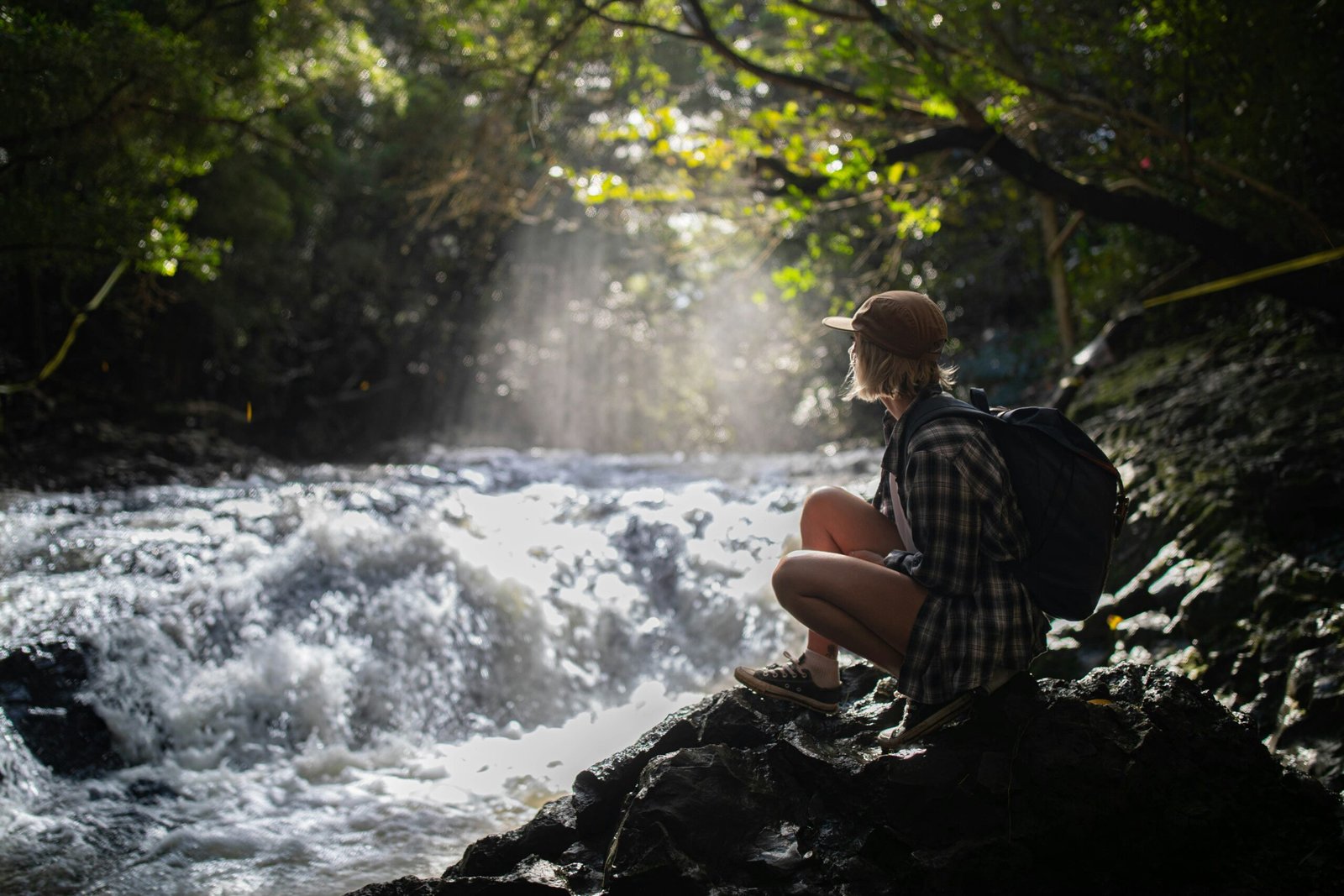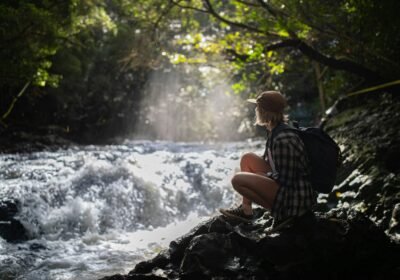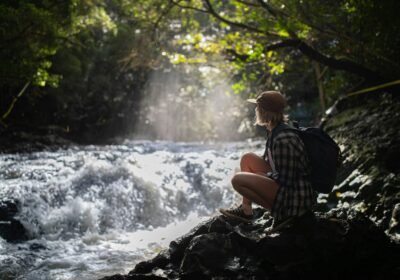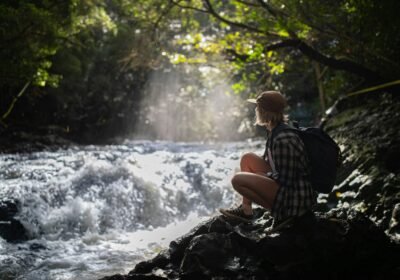Exploring the Vibrant Lifestyle of Micronesia: Culture, Community, and Connection
The Cultural Tapestry of Micronesia
Micronesia represents a fascinating amalgamation of diverse cultures, languages, and traditions that are intricately woven into the daily lives of its people. This vast region comprises more than 2,000 islands inhabited by numerous ethnic groups, each possessing unique customs and practices that significantly contribute to the vibrant lifestyle of Micronesia. The islands are home to various traditional festivities, each celebrating important historical events, agricultural cycles, and community achievements, thereby reinforcing social bonds among the islanders.
Language plays a crucial role in the cultural heritage of Micronesia, with over twenty distinct languages spoken across its islands. These languages serve not only as a medium of communication but also as a repository for oral histories that shape the identity of the communities. Elders in particular fulfill an important role as custodians of this oral tradition, passing down stories, legends, and wisdom to younger generations. This transmission of knowledge is critical in preserving the rich cultural fabric that defines Micronesian communities.
Artistic expression is deeply rooted in the lifestyle of Micronesia, manifested through various forms such as traditional dance, music, and craftsmanship. The dances often narrate historical tales or participate in rituals, enhancing the communal experience during festivities. Visual arts, too, such as weaving and carving, are not only significant for their aesthetic value but also serve functional purposes within everyday life and community ceremonies.
Additionally, the relationship between Micronesians and their environment plays a vital role in cultural practices. The sustainable use of marine and terrestrial resources is a cornerstone of traditional lifestyles, reflecting the deep connection the people have with their surroundings. Through this interplay of culture, language, and environment, the vibrant lifestyle of Micronesia continues to thrive, honoring its past while adapting to contemporary influences.
Community Connections: The Heart of Micronesian Life
The lifestyle of Micronesia is heavily characterized by a strong emphasis on community, where social structures and networks form the very fabric of daily life. In this region, communal living is not merely a tradition; it is an essential aspect of existence that fosters close relationships among the inhabitants. Family ties serve as a backbone for these communities, where extended families often live in close proximity, sharing resources and responsibilities. This interconnectedness is paramount, as it reinforces the support system that individuals rely on for emotional and practical assistance.
Within Micronesian culture, significant community events play a pivotal role in maintaining and enhancing these relationships. Festivals, communal feasts, and religious ceremonies are not just occasions for celebration but also serve as crucial gatherings to strengthen social bonds. These events provide opportunities for the residents to come together, share stories, and engage in collective activities that reinforce their shared identity and cultural heritage. Through such gatherings, the mutual respect and cooperation that are hallmarks of Micronesian society are cultivated and maintained.
The importance of community extends beyond immediate family units; it encompasses friendships, neighborly connections, and the broader local society. People take pride in their communal achievements and often work cooperatively to tackle challenges, be it in agriculture, fishing, or other livelihoods. This spirit of collaboration underscores the Micronesian way of life, which prioritizes collective well-being over individual aspirations.
As society evolves, the essence of community remains pivotal in shaping the lifestyle of the people in Micronesia. The value placed on connections highlights the enduring strength of community ties, bridging generational gaps and fostering unity, ultimately enriching the lifestyle of Micronesians today.
Sustainable Living in Paradise: Environmental Practices
Micronesia is renowned for its exquisite natural beauty, encompassing lush landscapes and vibrant marine ecosystems. The lifestyle in Micronesia reflects a deep-rooted connection between its communities and the environment. This intrinsic relationship fosters an eco-friendly lifestyle, marked by sustainable practices that have been handed down through generations. Communities emphasize the importance of environmental stewardship, recognizing that the preservation of their natural resources is essential for their survival and well-being.
Traditional ecological knowledge plays a pivotal role in shaping sustainable fishing practices across the region. Local fishermen adhere to time-honored techniques that minimize ecological impact while ensuring the health of fish stocks. Practices such as seasonal fishing, the use of traditional fish traps, and the observance of fish breeding cycles exemplify a harmonious relationship with the ocean. Modern efforts also complement these traditional methods, incorporating scientific research to further enhance sustainability and biodiversity.
Agriculture in Micronesia showcases a blend of traditional and contemporary practices that align with environmental sustainability. Community gardens, permaculture techniques, and the cultivation of indigenous crops are prevalent, promoting food sovereignty and reducing the reliance on imported goods. Farmers focus on organic methods, utilizing local materials and native varieties to enhance soil health and minimize chemical inputs. This approach not only supports the local economy but also cultivates a sustainable lifestyle that prioritizes ecological and community health.
Conservation initiatives further exemplify Micronesia’s commitment to sustainable living. Various programs focus on protecting endangered species, restoring habitats, and mitigating the impacts of climate change. Collaborative efforts involving local communities, governmental organizations, and international partners underline the importance of collective action in preserving Micronesia’s natural heritage. Thus, the lifestyle in Micronesia resonates with a profound respect for nature, and such sustainable practices are foundational to both cultural identity and environmental well-being.
Modern Influences and Tourism: A Balancing Act
The vibrant lifestyle of Micronesia is experiencing a transformative phase as modern influences and tourism increasingly shape its cultural landscape. While the islands boast rich traditions rooted in the history and customs of their indigenous peoples, globalization and external tourism have introduced new dynamics that can both challenge and enhance these cultural practices. In Micronesia, tourism emerges as a vital economic resource, bringing opportunities for growth, but also constraints that require careful navigation to maintain the islands’ unique identity.
As visitors flock to experience the breathtaking landscapes and rich traditions of Micronesia, the impact of tourism extends beyond economic benefits. Increased interactions with outsiders lead to a blending of cultural practices, where contemporary art, cuisine, and fashion intermingle with traditional expressions. For example, you might find traditional dance performances that have been influenced by modern artistic interpretations, making them more appealing to tourists while still honoring their cultural roots. However, this blending of influences can sometimes lead to cultural dilution if not approached with sensitivity and intent.
The challenges are evident; the influx of global brands and lifestyles can overshadow local customs. Yet, Micronesians actively seek to counteract this through community initiatives that promote cultural education and heritage preservation. By prioritizing local craftsmanship and sustainable tourism practices, the islands are fostering a tourism model that respects their traditions while encouraging visitors to engage meaningfully with the local way of life. The challenge lies in achieving a harmonious balance—where modern influences enhance rather than replace the rich heritage of Micronesia.
In this complex interplay of cultural exchange, the resilience and adaptability of the Micronesian people are crucial. They showcase their ability to embrace change while ensuring that their unique cultural identity remains preserved, allowing future generations to inherit a lifestyle that celebrates both tradition and modernity.









